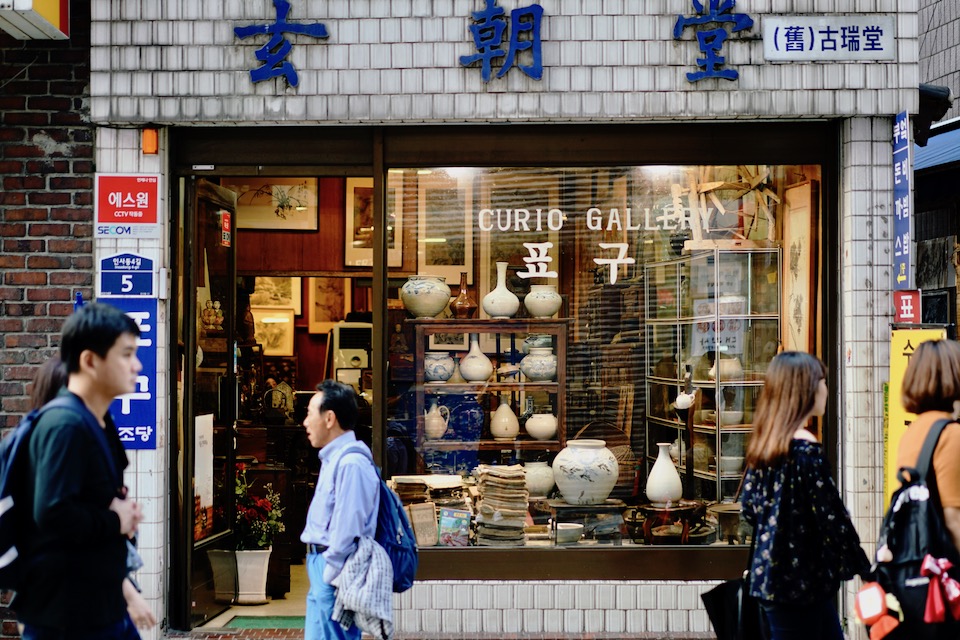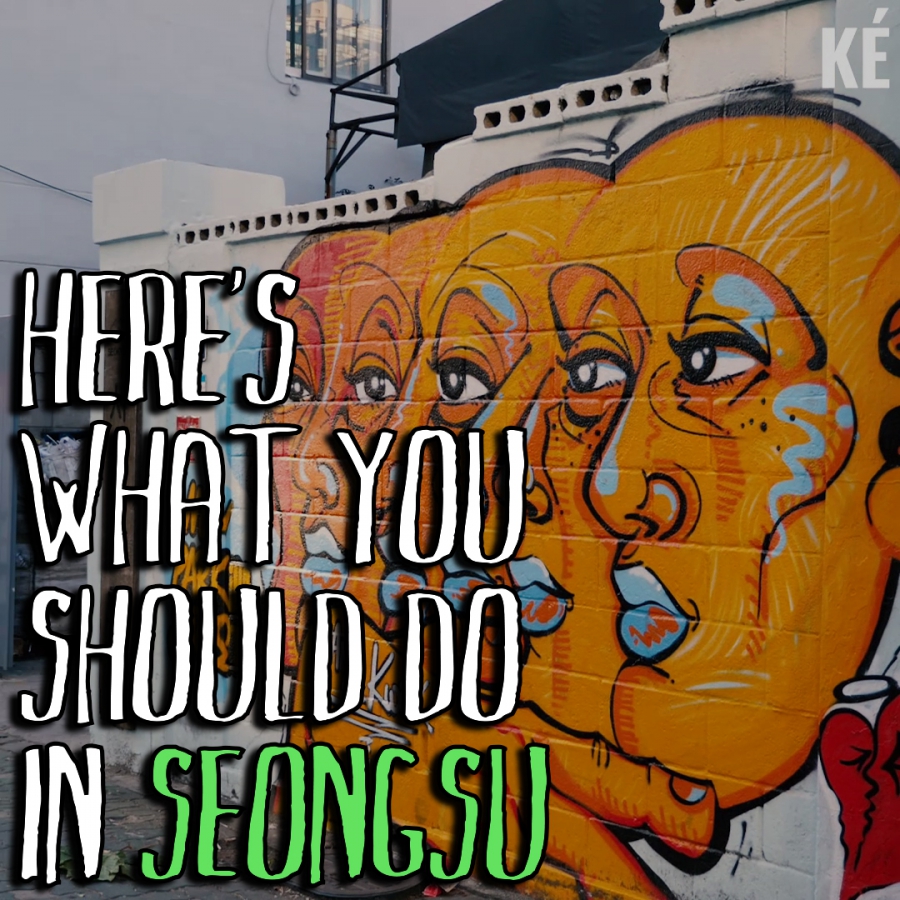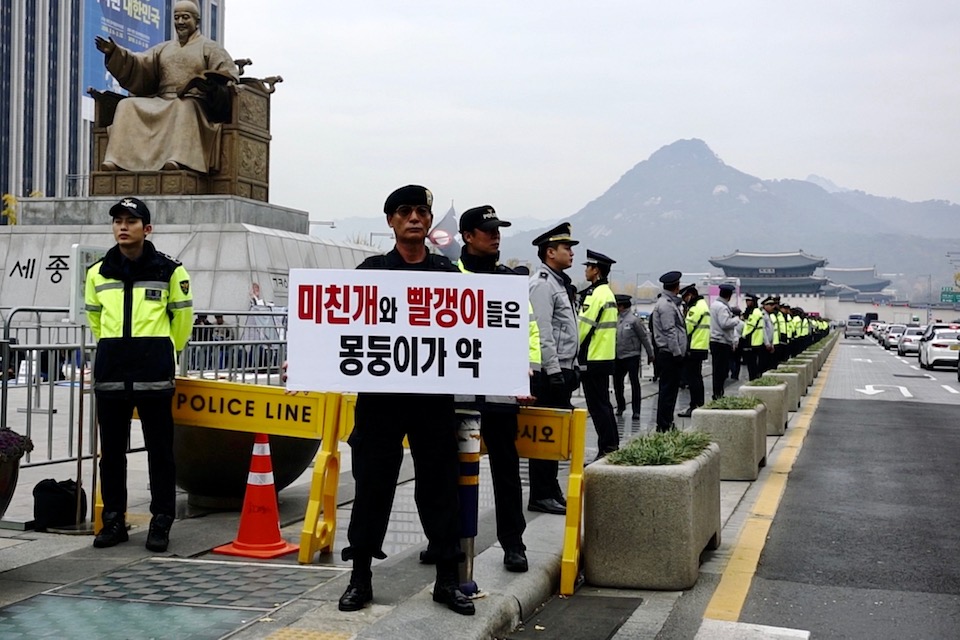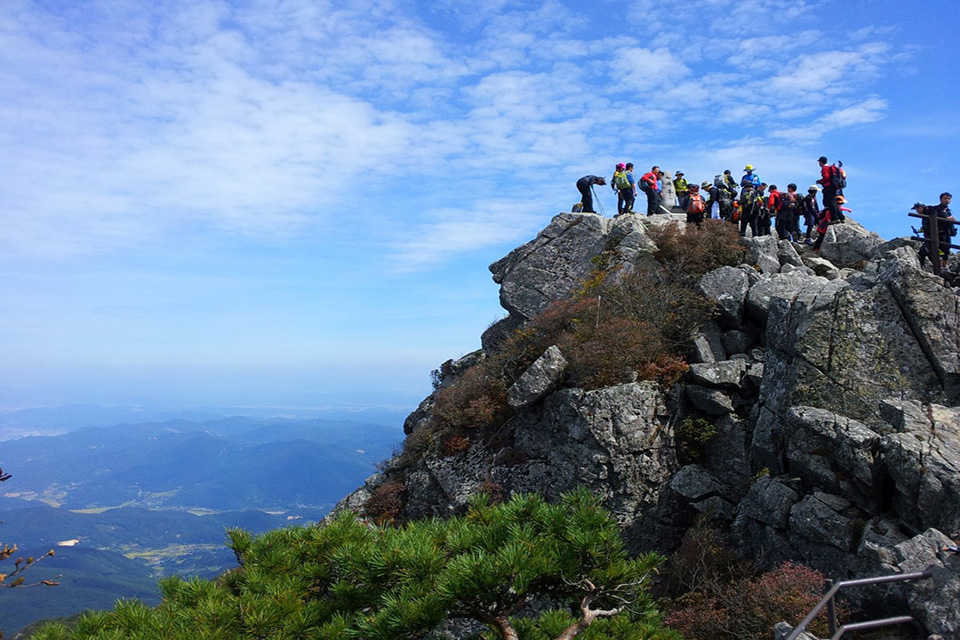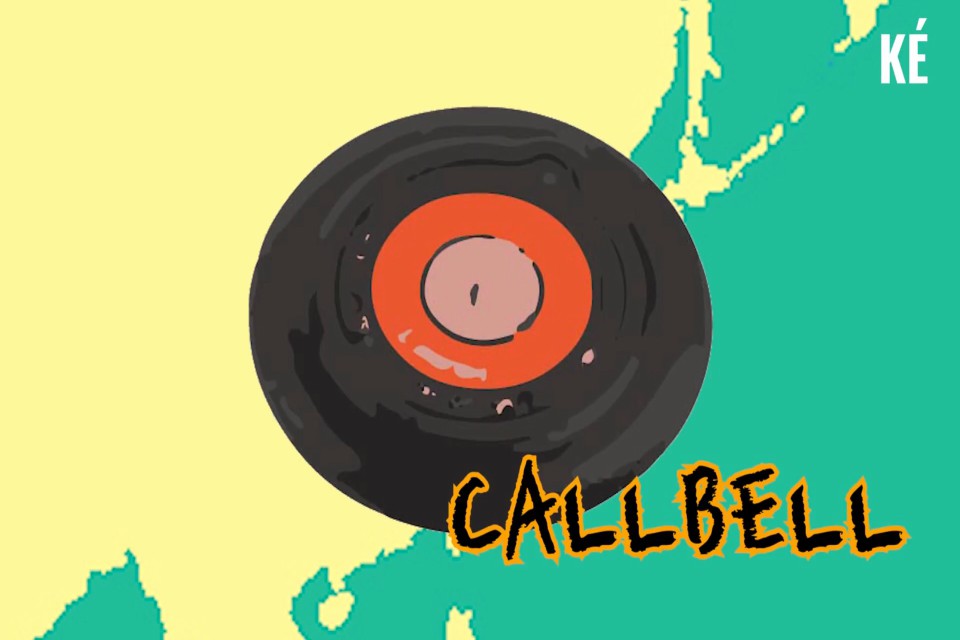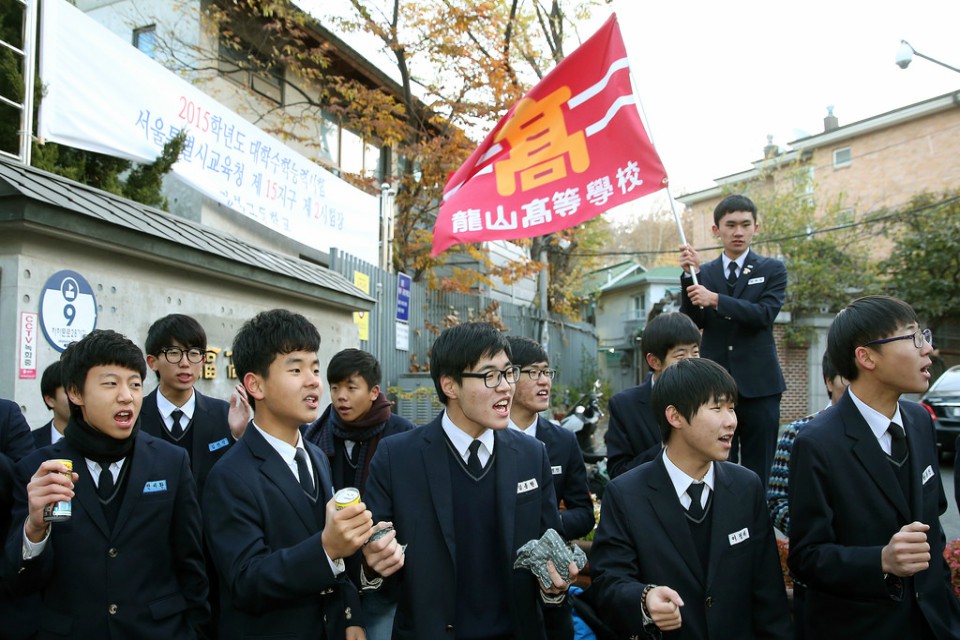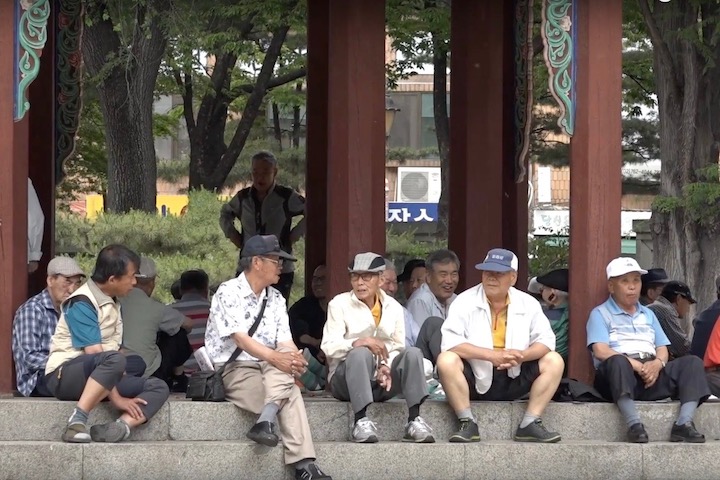ke video
South Korean War Crimes in Vietnam War
An unknown number of Vietnamese civilians were killed, wounded and raped by South Korean soldiers during the Vietnam War. There’s no consensus on the number of victims — some say around 5,000; some say more, or less. In mid-November, Moon Jae-in visited Ho Chi Minh City and
Nostalgia: Music for the Old
“Adding Memories” is a cafe in Jongno, Seoul, catering mostly to the elderly crowd, who remember the days decades ago, when people crowded around the jukebox or vinyl records. “Their song requests have a different level of longing,” the DJ said. Read more about Jongno, a
Broken Clocks, Rising Dust: Death of a Street
If the places with history all close one after the other, what will Insadong be? * Read our in-depth coverage about the end of the Insadong of the past: Insadong: Breathing Its Last
"The Brooklyn of Seoul"
Beyond the photogenic nature of the neighborhood, Seongsu is remarkable for its resistance to gentrification. Jeong Won-oh, the head of Seongdong district, where Seongsu is located, is spearheading efforts to protect rent from skyrocketing — by trying to meet property owners 1:1, limiting corporate franchises from entering the neighborhood
Dispatch: Central Seoul Quiet as Trump Arrives for Meeting with "a Fine Gentleman"
Walking through central Seoul on Tuesday morning, it’s clear that the South Korean government is taking no chances with security during U.S. President Donald Trump’s visit. In the vicinity of Gwanghwamun Square, Seoul’s symbolic center, police line the street and stand shoulder to shoulder at every
No-Kids Zones and the Myth of "Parasitic Mothers"
A year ago, a friend of mine, a female radio producer in Seoul, confided that visiting someone who had just given birth horrified her. She talked about this young mother as being cooped up in the apartment all day while her husband worked, and feeling her intelligence diminishing to the
"I Think of the Mountain": History of Hiking in S. Korea
The CIA World Factbook describes South Korea as “mostly hills and mountains.” 64 percent of the country’s land is forest, according to a 2014 report by Korea Forest Service. Given this geography, hiking naturally is a popular pastime in South Korea. Or is it so natural to assume so?
The Crazy World of Call Bells in S. Korea
The history of call bells in South Korea can be traced back to the beginning of the 1990s. Daily newspaper Kyunghyang Shinmun introduced the call bell in its “New Technology, New Product” column on May 14, 1990. As described by Kyunghyang, it was a wireless device developed by a company
When We Don't Go to College
“If I don’t go to college, I don’t belong to a community.” As of 2016, nearly 70 percent of South Koreans had at least a bachelor’s degree. For most students, the ultimate goal of a high school education is admission to a
If a Nuclear Bomb Falls on Seoul, Where Do You Cook Pork Belly?
“If a nuclear bomb falls on Seoul, where do you cook pork belly?” How are South Koreans talking about North Korea’s nuclear threats? This is another question we get asked very often. Here’s a rather ingenious take from a South Korean start-up, Geekble.
Seoul's Seniors Seek Refuge in the City
For a behind-the-scenes glimpse, read Reporter’s Notebook: Summer in Tapgol Park.


